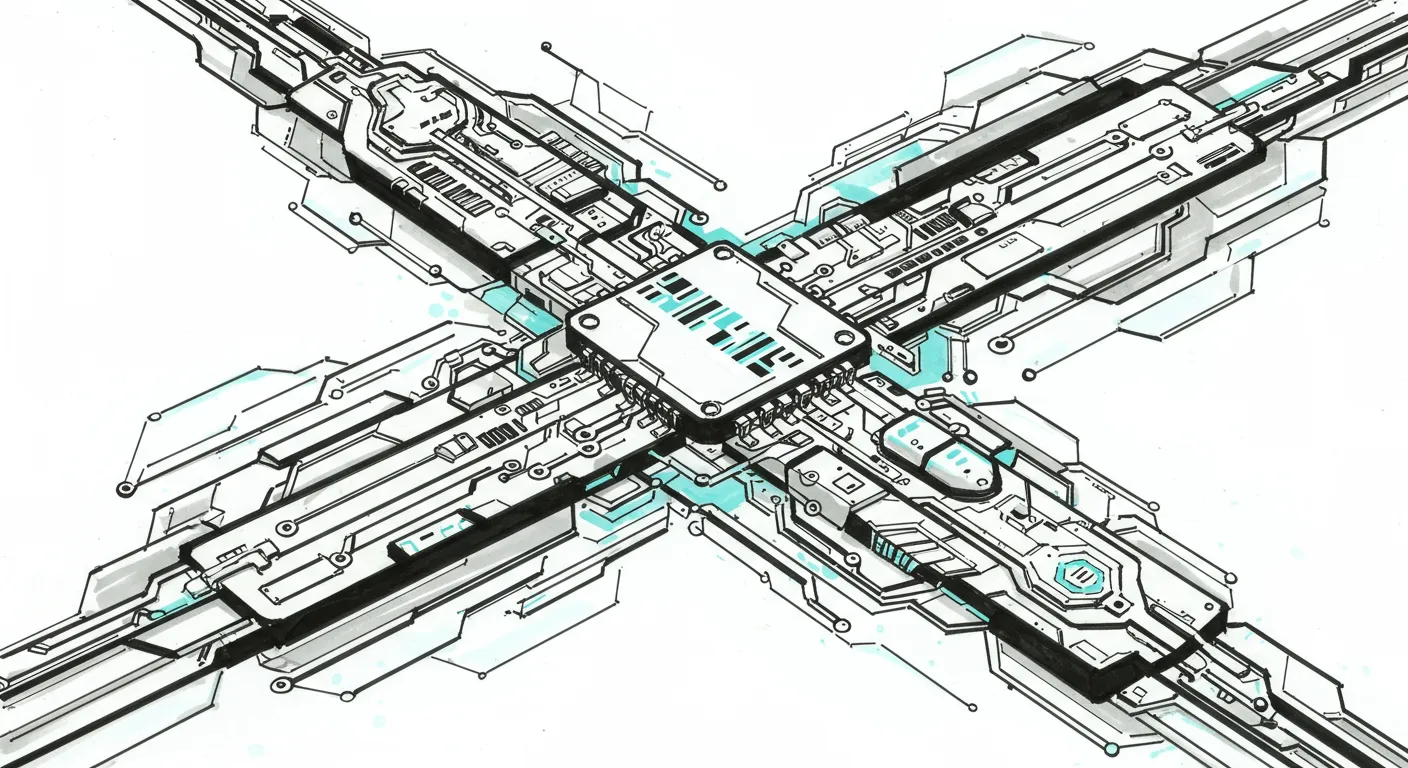ClawPDF, an open-source virtual PDF printer, has become a catalyst for online commentators to dive deep into the nuanced world of software development and operating system design.
The project's Windows-only approach and use of Tesseract OCR technology immediately sparked debate. Some online commentators questioned the choice of OCR technology, with several noting that Windows' built-in OCR might be superior. This highlighted a common theme among developers: the constant tension between using established frameworks and exploring alternative solutions.
The conversation quickly expanded beyond the tool itself, morphing into a broader discussion about Windows' technological ecosystem. One commentator passionately critiqued Windows' design, pointing out systemic issues like fragile registry systems and complex print management, contrasting it with the more straightforward configuration of Linux and BSD systems.
Interestingly, the discussion also revealed developers' creative problem-solving mindset. One participant proposed an intriguing concept of using a Raspberry Pi to transform an e-ink display into a direct printing device, showcasing the community's ability to reimagine everyday technology interactions.
Ultimately, the thread demonstrated that even a seemingly niche tool can provoke rich, multifaceted conversations about technology design, user experience, and the ongoing evolution of software development practices.


